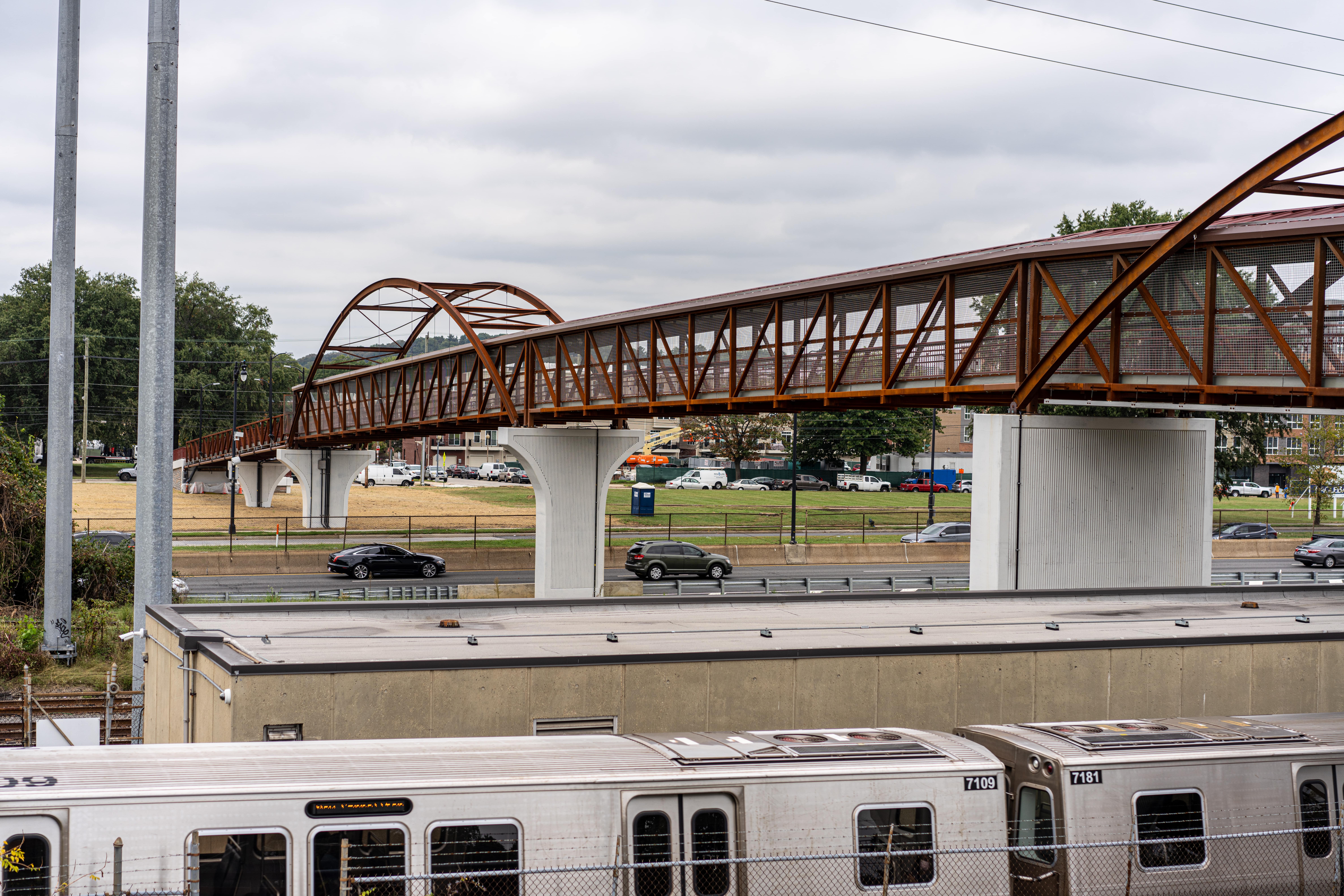
“By failing to prepare, you are preparing to fail.” Statesman, inventor and founding father Benjamin Franklin made that statement. The man whose face first appeared on the $100 bill in 1914, was talking about the value of planned savings. For the last two decades Fiber Reinforced Polymer (FRP) composites have generated lifecycle cost savings that have incentivized its adoption as a construction material. The growing trend toward sustainable practices has also prompted companies to choose FRP which embodies lower energy consumption and emissions when compared to steel and concrete. Now for the first time, the new infrastructure bill ushers FRP and its performance advantages into mainstream procurement processes.
According to the language of the executive order, “the specification and purchase of products that can be reused, refurbished, or recycled; maximizing environmental benefits and cost savings through use of full lifecycle cost methodologies” shall be prioritized. Pilot programs are also recommended to push federal procurement of construction materials with lower emissions.
In December 2021, the Federal Highway Administration (FHWA) announced it would immediately release $52.5 billion in funding to all 50 states and Washington DC to jumpstart large infrastructure projects.
Fiber reinforced polymer composites continue to outperform wood and concrete in a wide range of large structural applications, including the fabrication and installation of the longest FRP clear-span bridge in the world, FRP rail platforms, utility poles and waterfront applications. Design flexibility, optimal strength-to-weight ratio, superior durability, corrosion resistance and zero maintenance have boosted the popularity of the material among contractors and state-level Department of Transportation (DOT) agencies. FRP’s ability to fend off corrosion from salt and chemicals means it can perform for decades in the water and on dry land. Quick installation and a lifecycle of up to 75 years significantly reduce the overall cost of construction and generate savings long-term.
The Federal Highway Administration (FHWA) is asking for input on how the infrastructure bill should be implemented, particularly the highway formula programs.
They are:
1. Is implementation of the highway formula programs important to the composites industry? If so, why?
2. What should we say regarding implementation of these programs under the infrastructure law?
We’d like to know what you think. You can send your comments to CCG or email John Schweitzer at the American Composites Manufacturers Association (ACMA).
ACMA will hold a webinar “The Infrastructure Bill: Composites, Roads and Highways” on January 13, 2022 at 2 p.m. EST. Andrew Wishnia, USDOT deputy assistant secretary for climate polity, will lead an in-depth discussion about the new legislation. Some of the topics to be covered include climate change, and the smart use of composites as part of a better, more resilient U.S. infrastructure. To register, click here.
As a leading infrastructure supplier, Creative Composites Group has the experience to engineer and manufacture structural FRP across utilities, waterfront, bridges and rail. CCG has the flexibility and depth to value-engineer the most economic, efficient composite solution for a customer’s infrastructure requirements.
If you’d like to discuss this topic further or tell us about a project you are interested in using composites for, contact us today.
